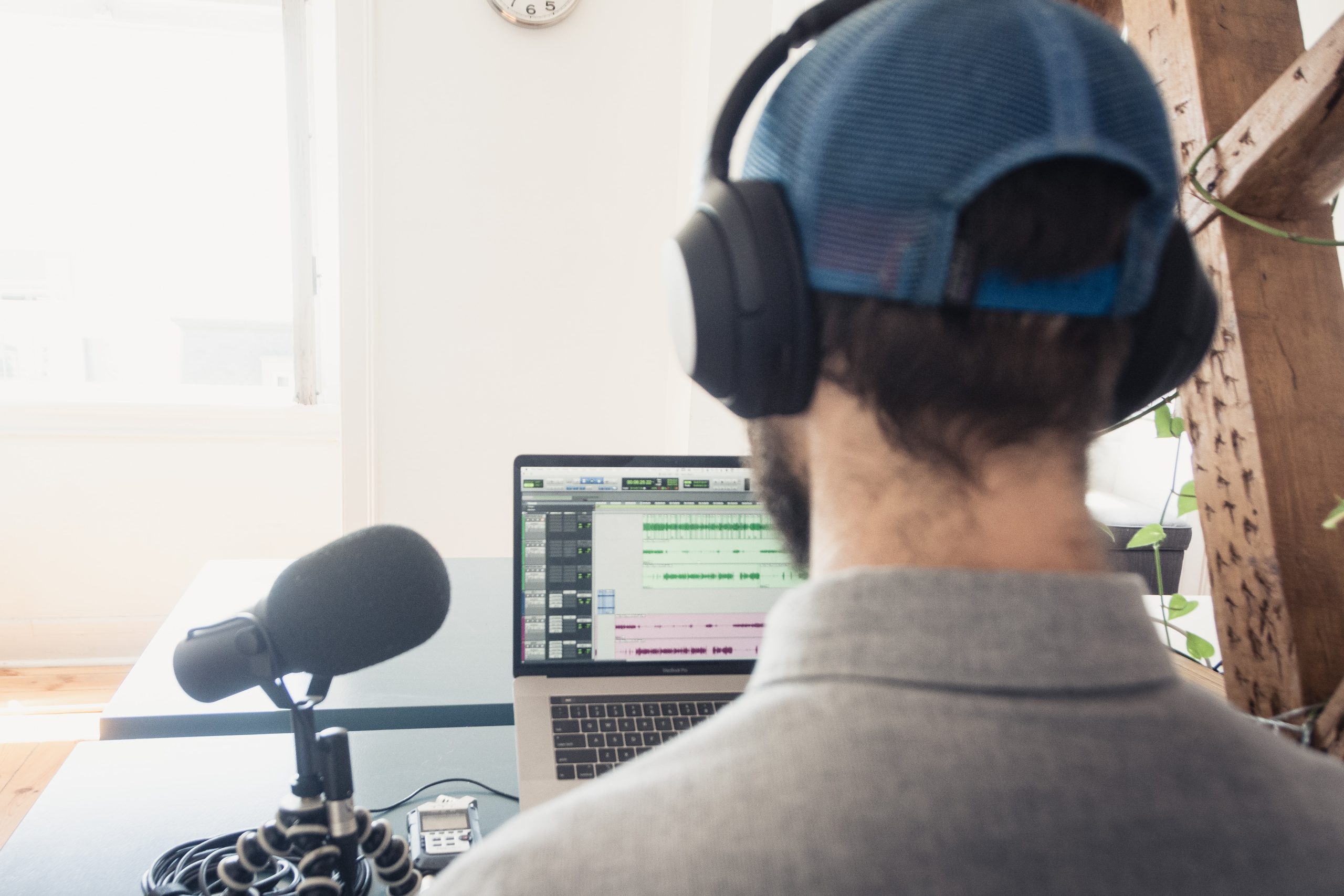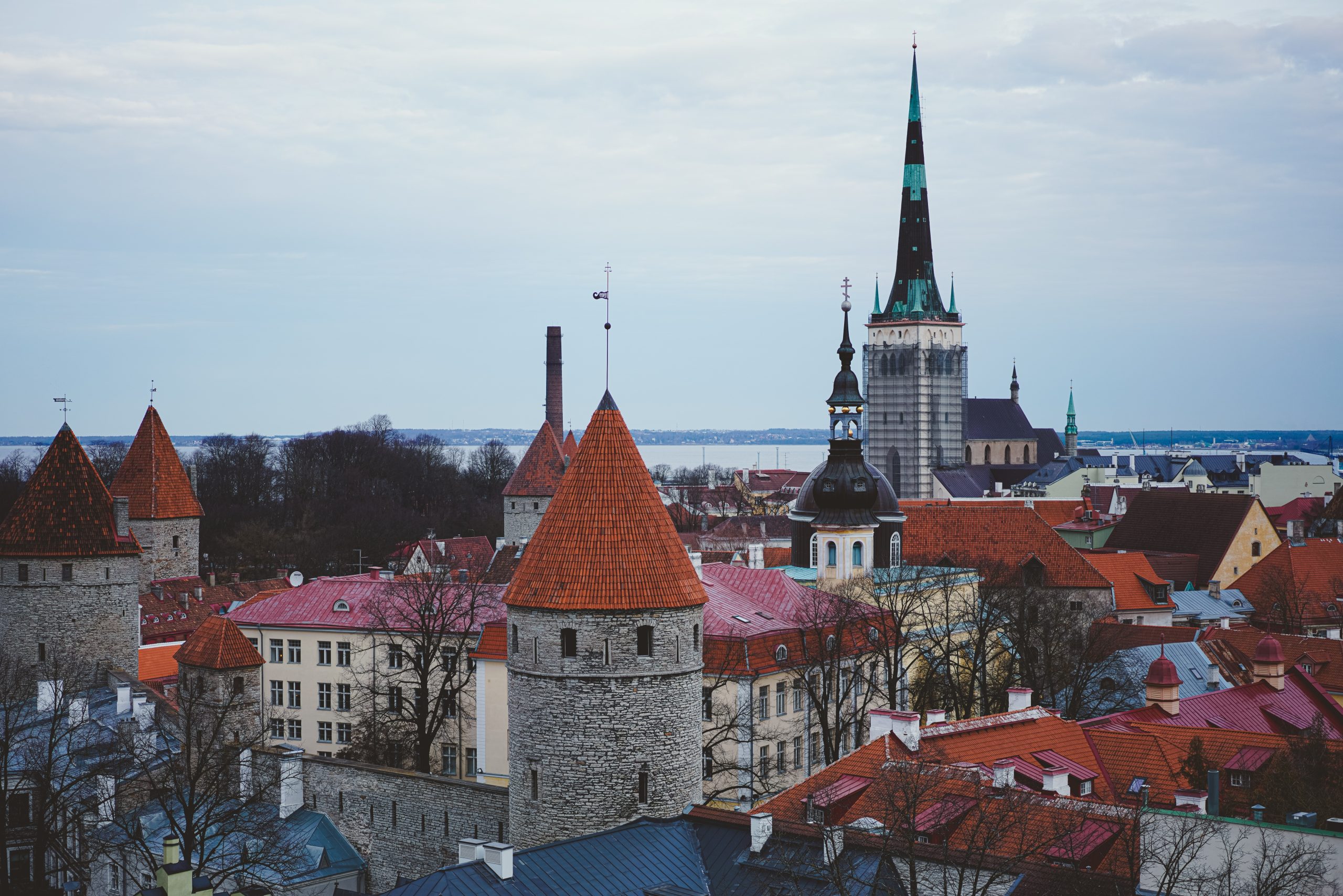Article in partnership with Day Translations.
You learn new things every day while reading the news. I came across an article from the UK newspaper The Guardian reporting on a story from Brazil and its indigenous languages. The article looked at a breakthrough moment in the history of Brazil as its constitution has been translated into one of the languages spoken by its indigenous people.
The Brazilian Constitution Has Been Translated into Nheengatu
Nheengatu is a language spoken in the Amazon forest and it is finally getting its official recognition by being the first indigenous language that the Brazilian constitution has been translated into. Nheengatu used to be a type of “lingua franca” or common language in Brazil up until the end of the 1800s and it was spoken not only by natives but also by Europeans and African descendants. Its “lingua franca” status has been maintained over the years across the Amazon and the communities that live there. It is estimated that there are more than 300 separate ethnic groups in Brazil, with almost each group having its own language. It is of a high symbolic value and a sign of respect and appreciation to have Nheengatu recognised as an official language in Brazil.
It is worth noting that the Brazilian constitution is still a relatively young document because it was issued in 1988 to clearly mark a fresh start after a period of dictatorship.
Nheengatu is the official language of the São Gabriel da Cachoeira city and since 2023 the Brazilian constitution has been made available in this indigenous language. The importance of this translation must not be underestimated because it made it easier for people living in more remote areas of Brazil to understand and know about their rights. This is a significant step towards more inclusion and diversity in Brazil as it gives more people access to the judicial system, particularly as ethnic groups see a lack of protection of their rights.
How Many Languages Are Spoken in Brazil?
There are more than 200 languages being spoken in Brazil, with various sources quoting 217 indigenous languages out of a total of 228 Brazilian languages. The top four most spoken languages in Brazil are European, with Portuguese being the most spoken (over 200 million speakers), followed by English, Spanish, German and Italian. Some areas of Brazil also have people of Japanese descent who speak Japanese as well as people of Eastern European origin who speak Polish, for example. The number of Brazilian natives that can speak indigenous languages are only approximately 2% of the whole Brazilian population.
Indigenous languages have been identified by the Brazilian Institute of Geography and Statistics and they include Apalai, Bororo, Canela, Carib, Guarani, Tukano, Tupiniquim and Wanano among others.
A small number of indigenous languages have acquired official status but only in specific areas, such as Nheengatu, as mentioned previously, Tukano, Baniwa and the German-derived Hunsrik, which is also shared in some regions in Argentina, Paraguay and Venezuela. In the Rio de Janeiro state there are also African languages that have been approved as official languages and they are Yoruba, Bantu and Ewe. Yoruba is also recognised as intangible cultural heritage in Salvador, Bahia.
Most of the indigenous languages are spoken in the North areas of Brazil and in the Amazon.
Recognising more native ethnic languages is a key element towards preserving a country’s wealth of culture and knowledge, particularly when it comes to oral traditions and any other unwritten customs that have been passed from generation to generation.



